Volkswagen has slowly lifted the kimono on its next-generation Tiguan in the past few months, finally giving us an unobstructed view today.
Its desire to maximize interest in the compact crossover is understandable considering the crucial role Tiguan has played for the German automaker during the last several years. With SUVs dominating the market, the Tiguan has become more important than ever. But, in an increasingly crowded market, VW wants to make sure that the 2022 update draws plenty of attention. And there’s good reason for the automaker to be optimistic.
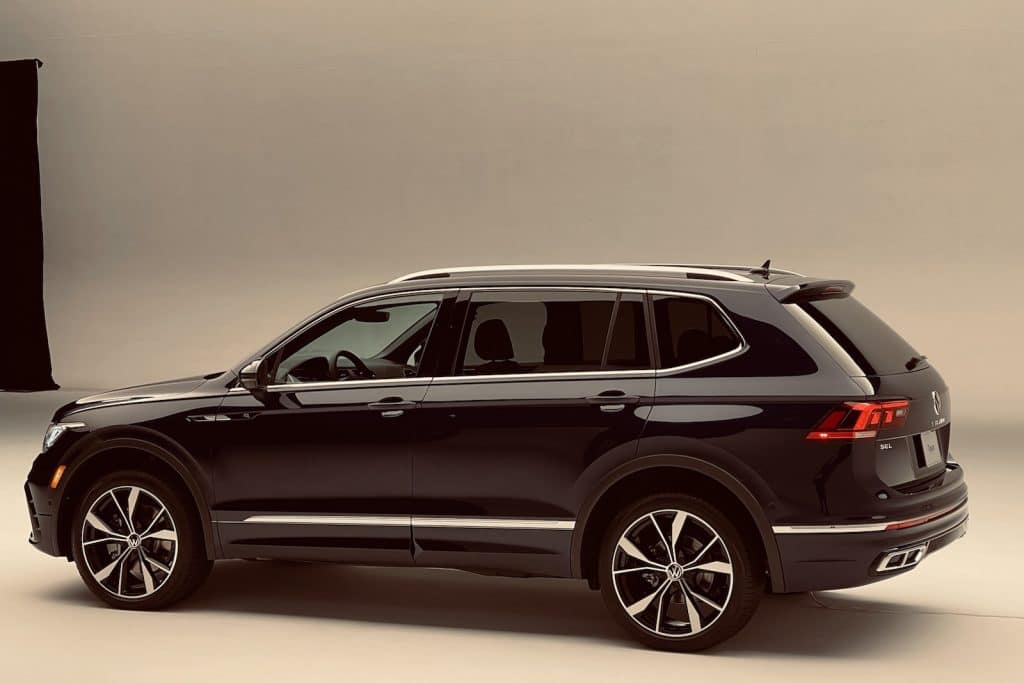
The SUV making its official debut today may be, in industry parlance, a “mid-cycle refresh,” but the 2022 VW Volkswagen Tiguan gets more than a tepid warming over. There are some notable exterior tweaks and even more updating inside. The crossover also delivers plenty of sought-after technology, including VW’s Digital Cockpit, wireless smartphone charging and an expanded suite of smart safety features.
A new look tuned to American tastes
What was once a very “Euro-centric” model has been retuned for the American market, said Hein Schafer, the senior vice president of product marketing for Volkswagen of America, during a background briefing ahead of today’s formal unveiling.
A cursory glance will find that the basic sheet metal hasn’t changed since the latest, long-wheelbase version of the Tiguan was launched in 2018. That said, it gets an entirely new front end, with a more distinctive bumper and grille and new headlights. For 2022, in fact, LED lighting is standard on all versions of the SUV. Buyers also can opt for an illuminated light bar that flanks the front VW logo.
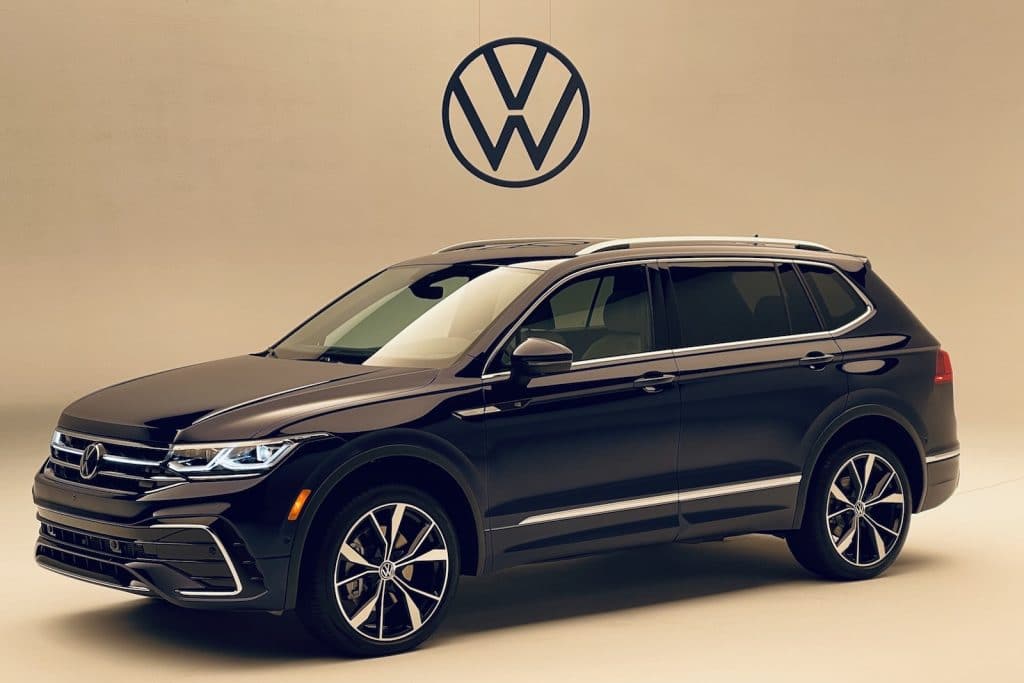
“Lighting is the new chrome,” suggested Jose Bravo, compact SUV product manager, during our background briefing. And the automaker has added new lighting accents both inside and out.
The 2022 Tiguan line-up is simplified a bit, with just four trim levels. And the top two now come with standard R-Line accents, including unique bumpers and side sills.
Bigger changes inside
The cabin is where you’ll likely spot the most changes, starting with the switch to an all-digital gauge cluster across the Tiguan line-up. An 8-inch display is standard, but a 10-inch Digital Cockpit Pro system is available. The Volkswagen Car-Net system is paired with an onboard WiFi system if you subscribe to the service.
All models, but for the base trim level, meanwhile, come with the MIB3 infotainment system, wireless smartphone charging and the wireless App-Connect feature. Heated seats are also standard across the board, while ventilated seats are optional. Depending upon trim, other notable features include the touch-controlled Climatronic system, panoramic roof, power front seats, leather or leatherette seating and a Premium Fender audio system.
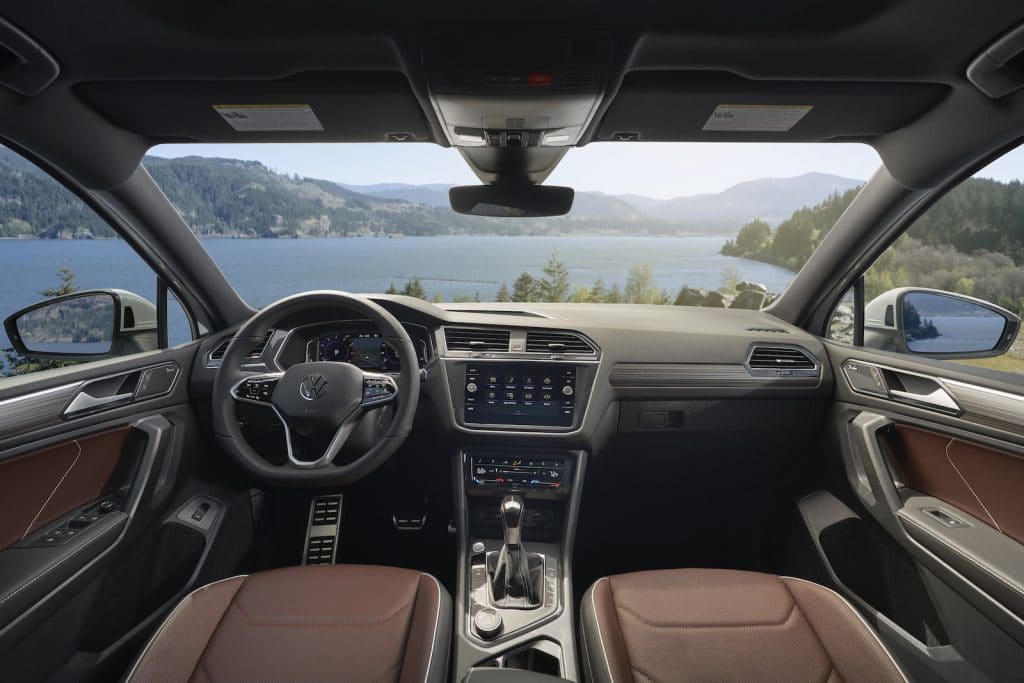
VW has upgraded its IQ.Drive suite of advanced driver assistance systems, and it’s standard on the rest of the line. The more you move up the trim ladder the more ADAS features are included. Even base models get Front Assist, Side Assist, and Rear Traffic Alert, but the IQ.Drive adds more features as you move up the trim ladder, such as Blind Spot Monitor, Lane Keeping Assist, Active Cruise Control, Dynamic Road Sign Recognition and Park Assist.
All versions of the 2022 VW Tiguan are powered by a 2.0-liter TSI engine making 184 horsepower and 221 pound-feet of torque. Power is sent through an 8-speed automatic to the SUV’s front wheels, though the 4Motion all-wheel-drive system is available.
AWD or 3-row seating? You can’t have both
In an unusual move, VW only plans to offer the three-row version of the Tiguan with front-drive models. The 4Motion package comes exclusive with two rows, though that means more cargo and rear legroom.
Only a very small number of buyers paired AWD and three-row seating with the outgoing version of the Tiguan, Schafer explained.
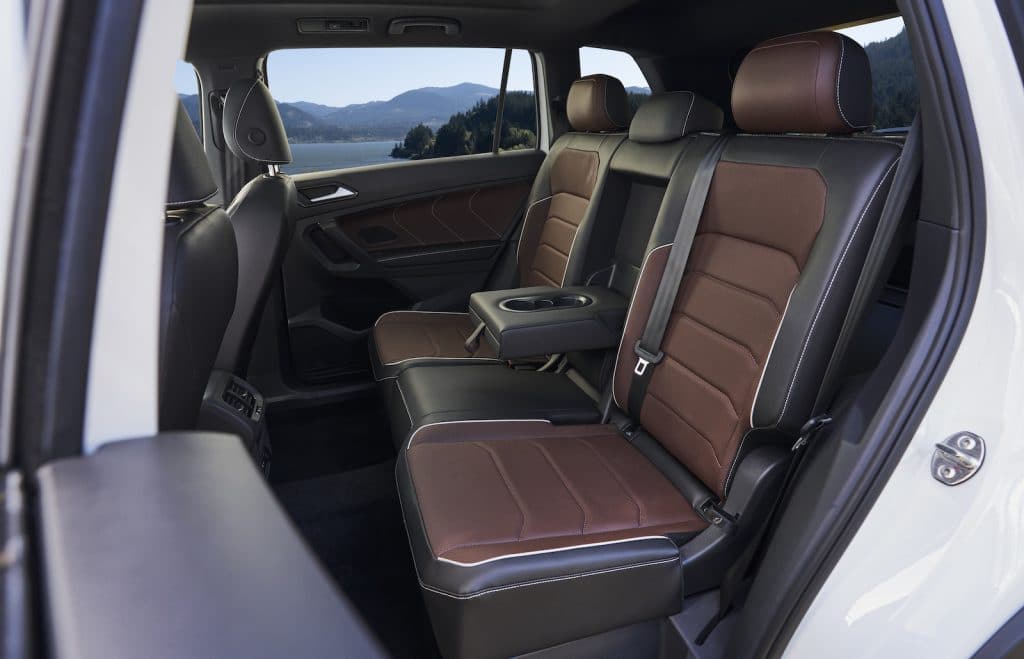
The executive said he’s confident the 2022 Tiguan makeover will connect, despite the increasing competition in the compact crossover segment.
VW wants to regain momentum
Tiguan was a relative afterthought when it was first introduced back in 2008, delivering just 8,664 sales in the U.S. market. A major update in 2012 pumped new momentum into the CUV, sales topping 40,000 for the first time in 2016.
The switch to a long-wheelbase version really set sales on fire, American buyers snapping up more than 103,000 Tiguans in 2018, and nearly 110,000 a year later. Demand slipped in 2020, to no one’s surprise considering the pandemic. But Schafer and Bravo said they’re both confident the Tiguan will set a record with the launch of the new version.
That’s good news for VW which was an also-ran in the utility vehicle market until recently. They made up just 45% of its U.S. sales as recently as 2019. For the first quarter of this year, however, that jumped to 64%. With the update of the Tiguan and the launch of the base-model Volkswagen Taos, Schafer expects SUVs will generate “north of 75%” of VWoA sales in 2022.
The automaker won’t reveal pricing until closer to the launch of the new Tiguan during the third quarter of this year. The ute currently starts at $25,245.

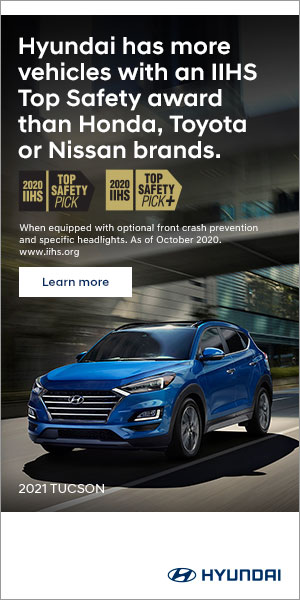

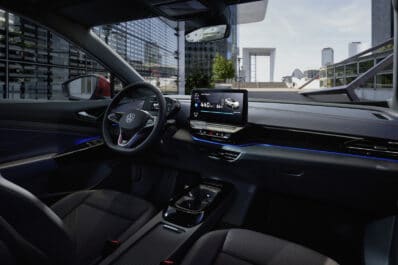

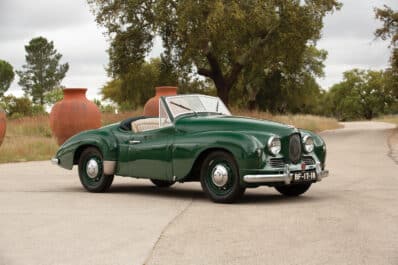
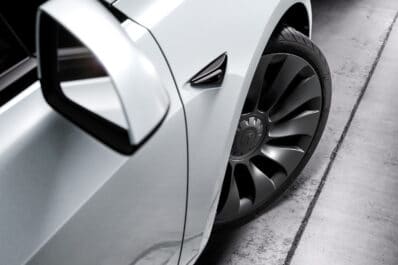

Sadly, VW misses the boat once again. A hybrid-ev Tiguan would make a huge splash here in the US. Bigger than the EV-ID4 will make. Remember, Americans love their cars, and they love their road trips. Currently there is no infrastructure to support EV’s over long distances. A plug-in hybrid solves that problem.